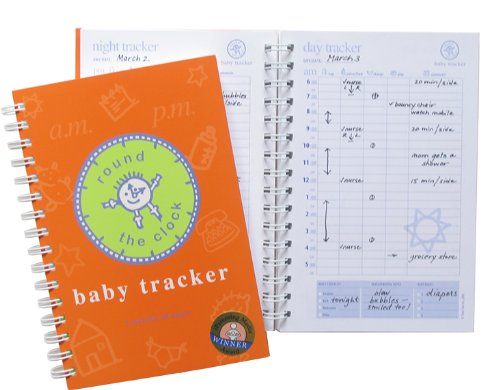A newly released annual Graduation Spending survey by the National Retail Federation (NRF) found the majority of us will give money, with more than 50% giving cash and another 30% presenting gift cards as their graduation gift. Cash and gift cards are especially popular in gifting for people between ages 45-54, who also likely to give/spend more, according to the NRF Survey.
The NRF found, on average, people will spend $102.50 for two grad gifts. More than 10% will buy electronics as a grad gift. And, not surprising, the tech purchasing is trending up from last year, when only 8% bought something tech related.
So what are the best tech gifts for grads?
Recent research indicates that laptops remain among the most popular and practical gifts, especially for high school grads heading off to college. A survey of high school grads, conducted by Impulse Research in 2014 found the majority of students (65 percent) felt a laptop was among the greatest gifts. And, of course, their price point is much more affordable these days.
I suspect smartphones and tablets are not far behind laptops and rising in popularity in terms of your high school grads’ desires – if your grad doesn’t already have a smartphone. (According to comScore, as of December 2014, north of 86% of 13- to 25-year-olds are smartphone owners.) It’s a particularly great gift coming from Mom or Dad, or Grandparents.
CNet has done its expert comparison of the latest in smartphone options, as well as host of other popular smart tech gifts for grads. Among the other top categories on a multitude of grad gift guide lists this year are:
- Apple Watch, no doubt, is driving this category’s interest.
- Digital cameras. Smartphones have become the primary imaging device for people of all ages, but YouTube video creation is driving high interest is in GoPro.
- Headphones and Bluetooth wireless speakers. Fueled by brands like Beats and Jawbone, this is a growing category in the consumer electronics industry.
- Digital TV streaming devices, channel apps and services. Who wouldn’t appreciate a gift of Hulu, Netflix and Amazon Fire TV or Google Chromecast.
Many of the tech gifts listed above skew in appeal toward men 18-34, but not all. Consumer research consistently reveals that women not only use technology, they are early adopters and buy more than men in certain cases – especially when it comes to social media.
So what’s a good tech-oriented gift for the women grads in your life?
At the top of my list for the young women I know is Sheryl Sandberg’s book Lean In for Graduates. Her original and inspirational Lean In book has been expanded and updated with six additional chapters offering advice on finding and getting the most out of a first job; résumé writing; best interviewing practices; salary negotiating, and more – including leaning in for millennial men.
As for me personally, I have always believed cash to be a safe gift, especially for grads I didn’t know very well. Though, I admit, giving cash is not nearly as satisfying as picking out a thoughtful gift you know the recipient wants. But the latter point is key…
According to a Stanford research study conducted in 2011, gift recipients also more appreciative of gifts they explicitly request than those they do not. The research revealed that recipients appreciated receiving items from their wish list and perceived the requested items to be more thoughtful and considerate. Though the research found the opposite perception among gift givers, who assume that both solicited and unsolicited gifts will be equally appreciated. Likewise, contrary to gift givers’ perception, the research study showed recipients appreciate receiving money much more than receiving an unsolicited gift.
So, perhaps, the best and most thoughtful plan is to ask your grad, in advance, what’s on their wish list— if you don’t already know. That’s what I intend to do…
Happy graduation to all of those who are celebrating this milestone of new beginnings in 2015!
Title image courtesy of collegelife.about.com
![]()
![]()



